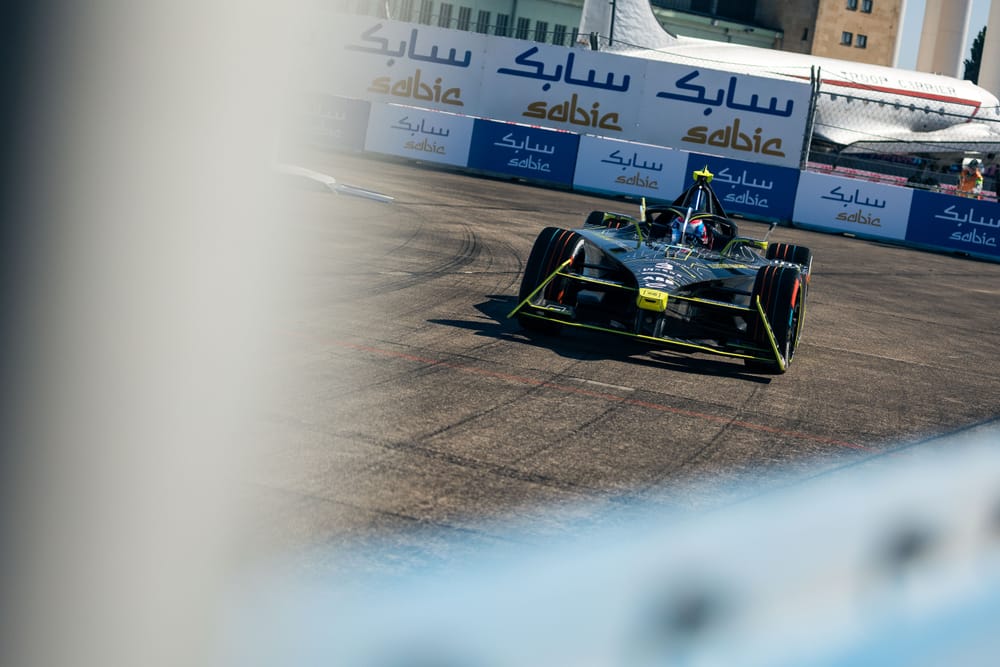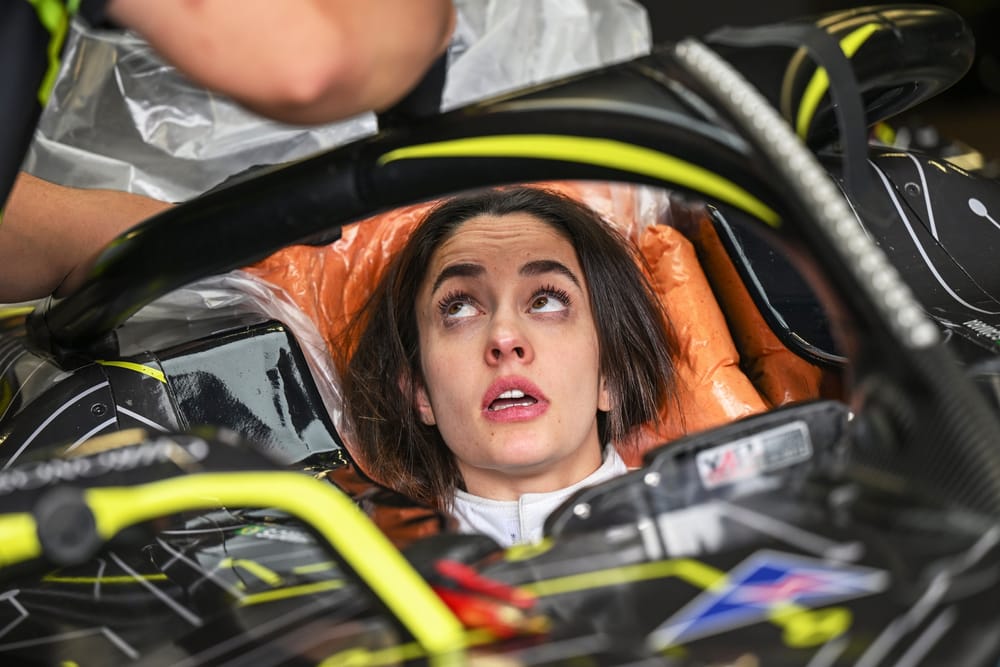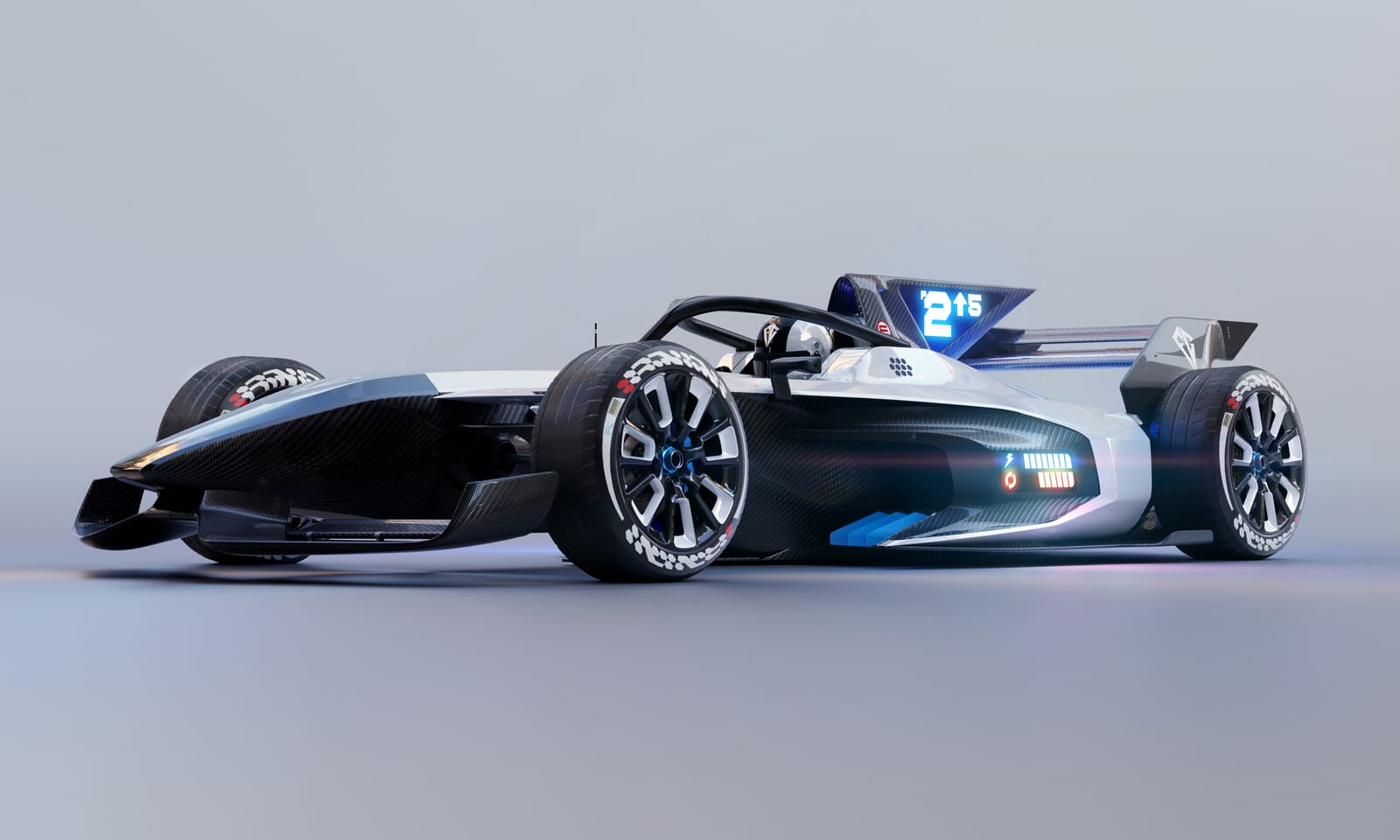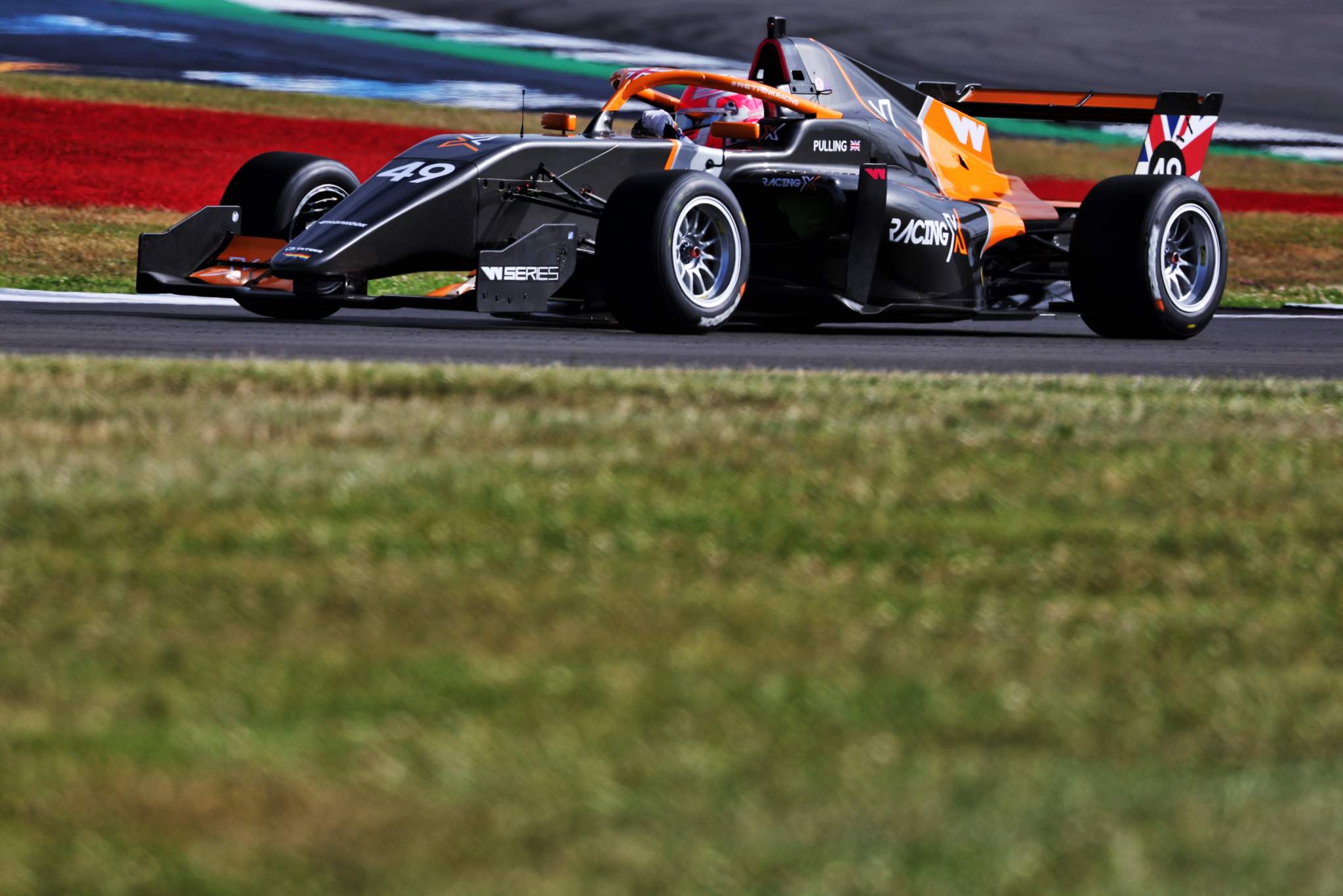As part of Formula E’s ever-evolving managerial efforts to reach a wider global audience, Beth Paretta has recently been added to its team of expertise.
Paretta is best known as an active proponent of enhancing women’s roles in motorsport, with over two decades of experience in the automotive and motorsport industries behind her including heading the female-led IndyCar team Paretta Autosport that's made five starts in the series in the last two years.
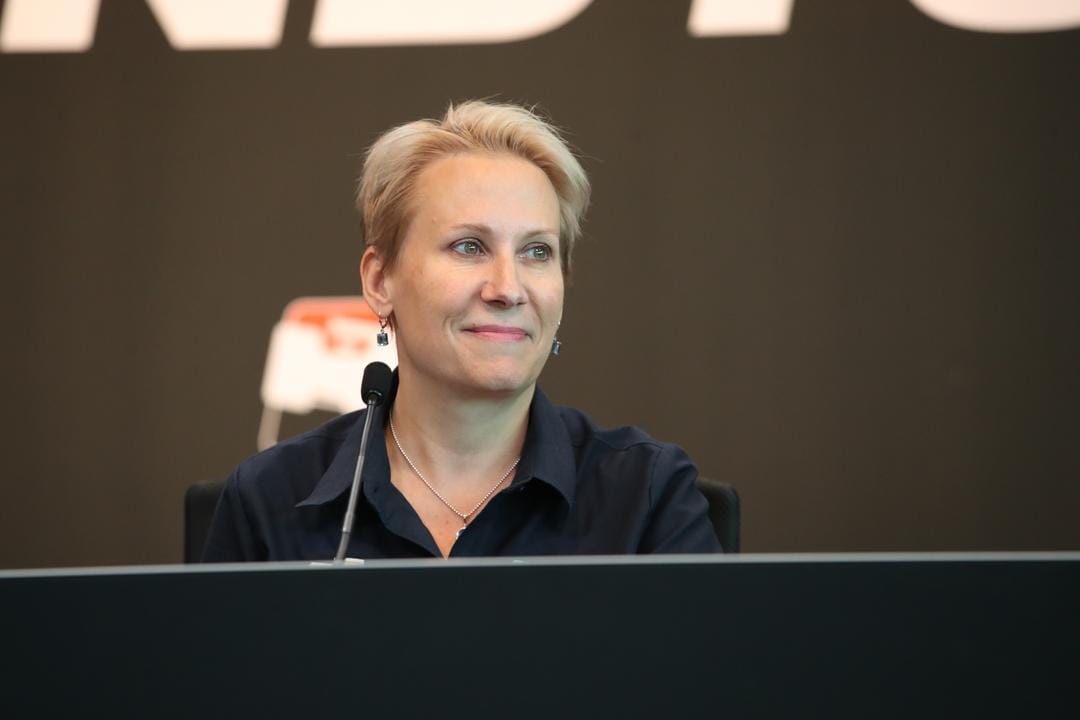
Her new position as vice president of sporting for Formula E, announced just after April’s Monaco E-Prix, means she now oversees interactions between the series, governing body the FIA and the teams.
An area of her work will be in raising diversity within Formula E, which to be fair has been more active than most in recent seasons. But it won’t be front and centre of her role.
“When I was talking about this job, we didn’t really talk about diversity as part of my remit per se,” Paretta explained when she sat down with The Race recently.
“I think they just knew that it probably came with me because it’s been something that I’ve been dedicated to over the last several years.”
Although it's not a central part of her new role’s scope, it is clear that Paretta still has a passion for bringing more women - both behind the the scenes and right at the front of them - into racing paddocks.
Formula E started promisingly enough in terms of getting women into race seats. Katherine Legge, Michaela Cerruti and Simona de Silvestro all raced in the first two seasons.
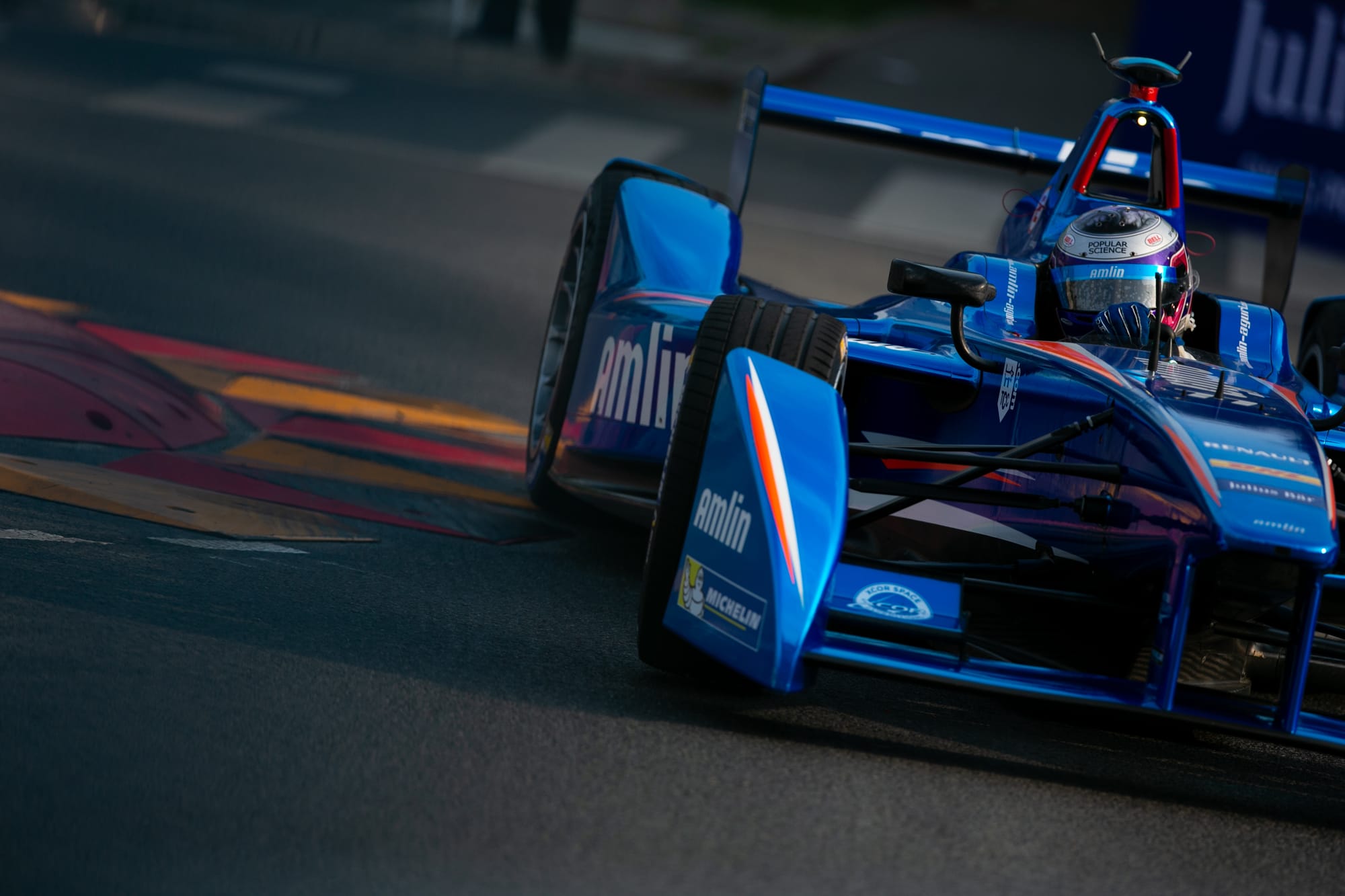
But since that time a female presence on the grid has not looked remotely close. That clearly got its relatively new CEO, Jeff Dodds, thinking.
“The idea that people keep saying, ‘Well, when will there be a woman in F1?’ and there’s all this hand-wringing about it, like, 'Will they ever make it?'” adds Paretta.
“There have been women in F1 who I know personally who have been at F1 tests, who have been faster than men who are in F1 now because they’re at the same test days. The woman was faster. The woman didn’t have the funding.
“We need to do a deep dive and we need to get the data, women need opportunity. Opportunity is not a test day. Opportunity is signing a woman to a full-time deal multi-year.
“You need the time behind the wheel to become who you are. Dropping in, you’re never going to get there. It can’t be for the show of it, it has to be if you want to invest in people.”
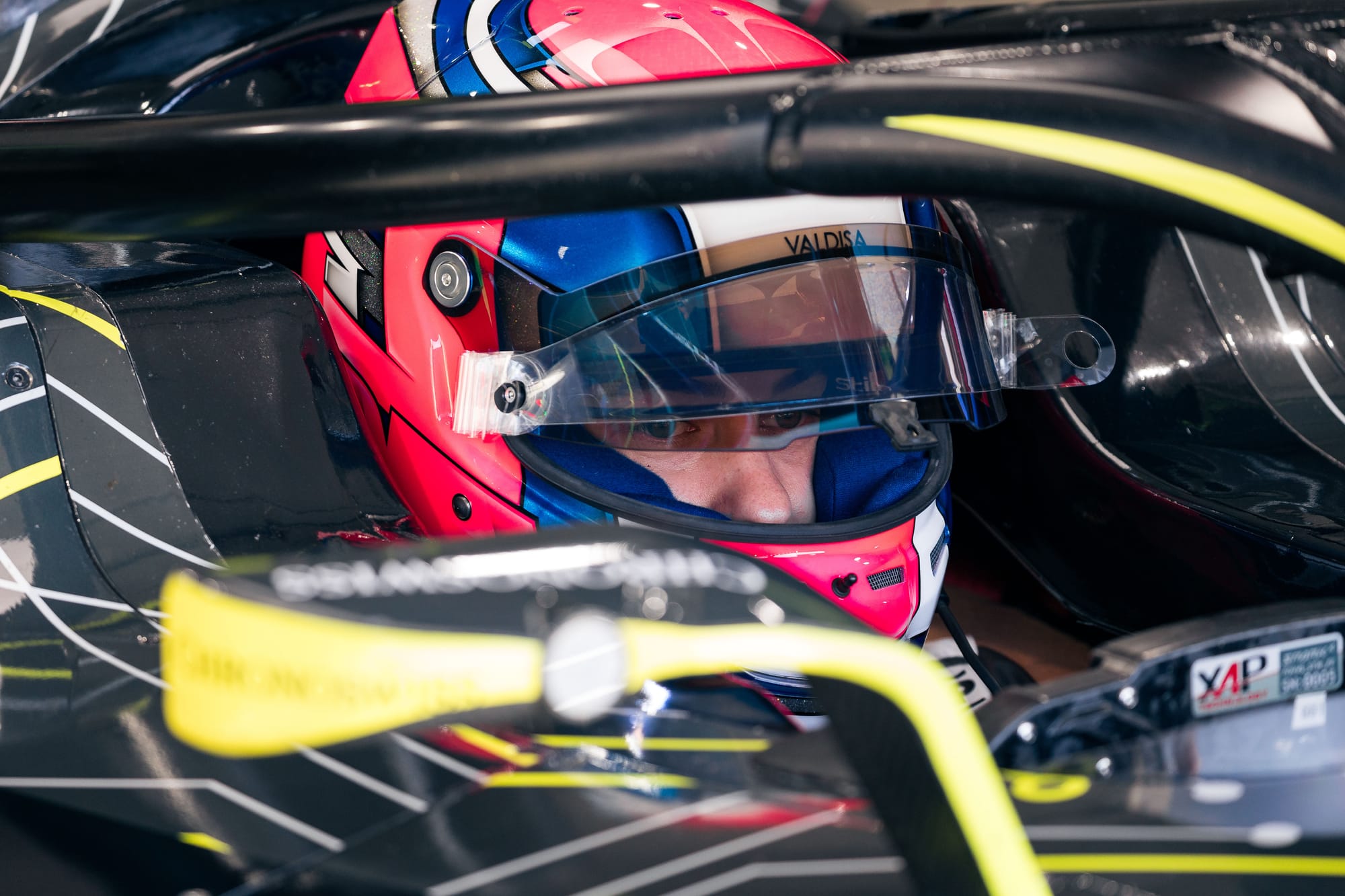
The topic of women getting funding to go racing has always been a hurdle that needs to be overcome.
Without that funding, accessibility to feeder series and racing in cars that get progressively harder and faster to race is lost - it's often clear when a woman gets a chance in a Formula 3 or Formula 2 car that their male peers have had much more time to develop their racecraft.
As to why females are less likely to get funding and the opportunities in cars, that appears to stem from the visibility of role models in those positions. The lack of them has played into the trend of fewer women starting out in motorsport at the same young age as men - who have always had plenty of idols to choose from, continuing the imbalance.
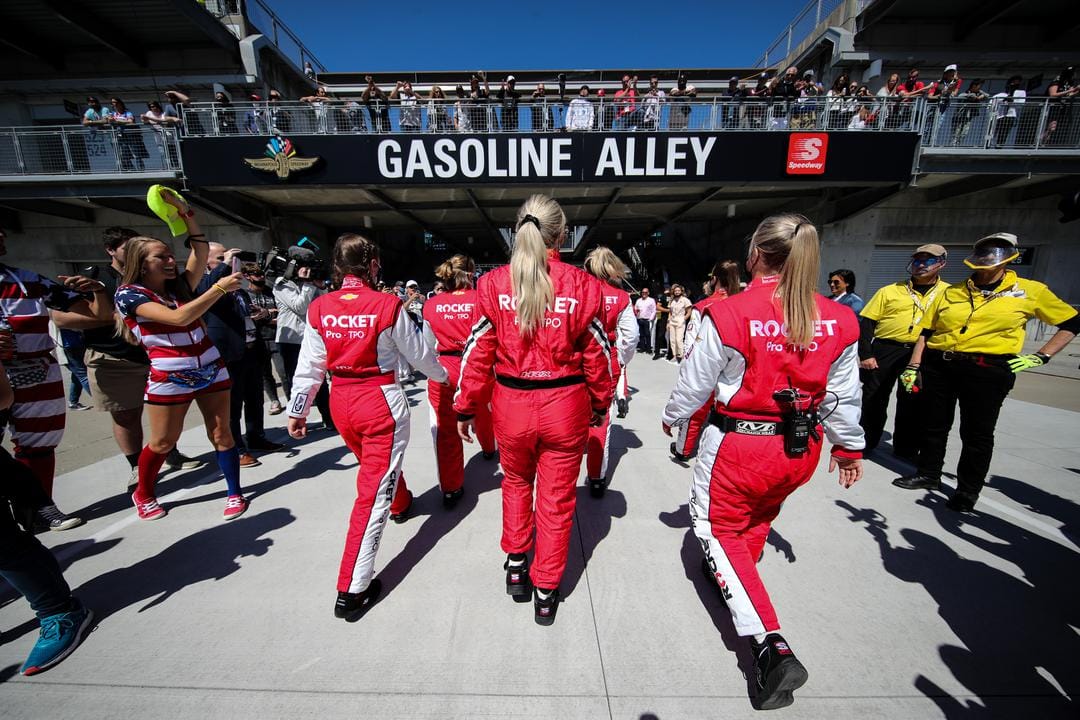
“A lot of women are realising that being visible helps,” says Paretta.
“Usually behind the scenes roles aren’t actually front and centre, and you realise, ‘Ahh, front and centre is actually going to matter for that 10-year-old who’s looking’.
“There are a couple of women you can put in [a cockpit] right now for sure, but shy of that we have to talk about that next generation coming up.
“It would be great if we could really figure out a way to have a proper ladder, because even some of the other efforts around the world are great, but there's a few rungs missing [from the career path].
“The good news though is we are so much further along than we were five years ago, so all progress is good, but I think the key is to have that ladder.
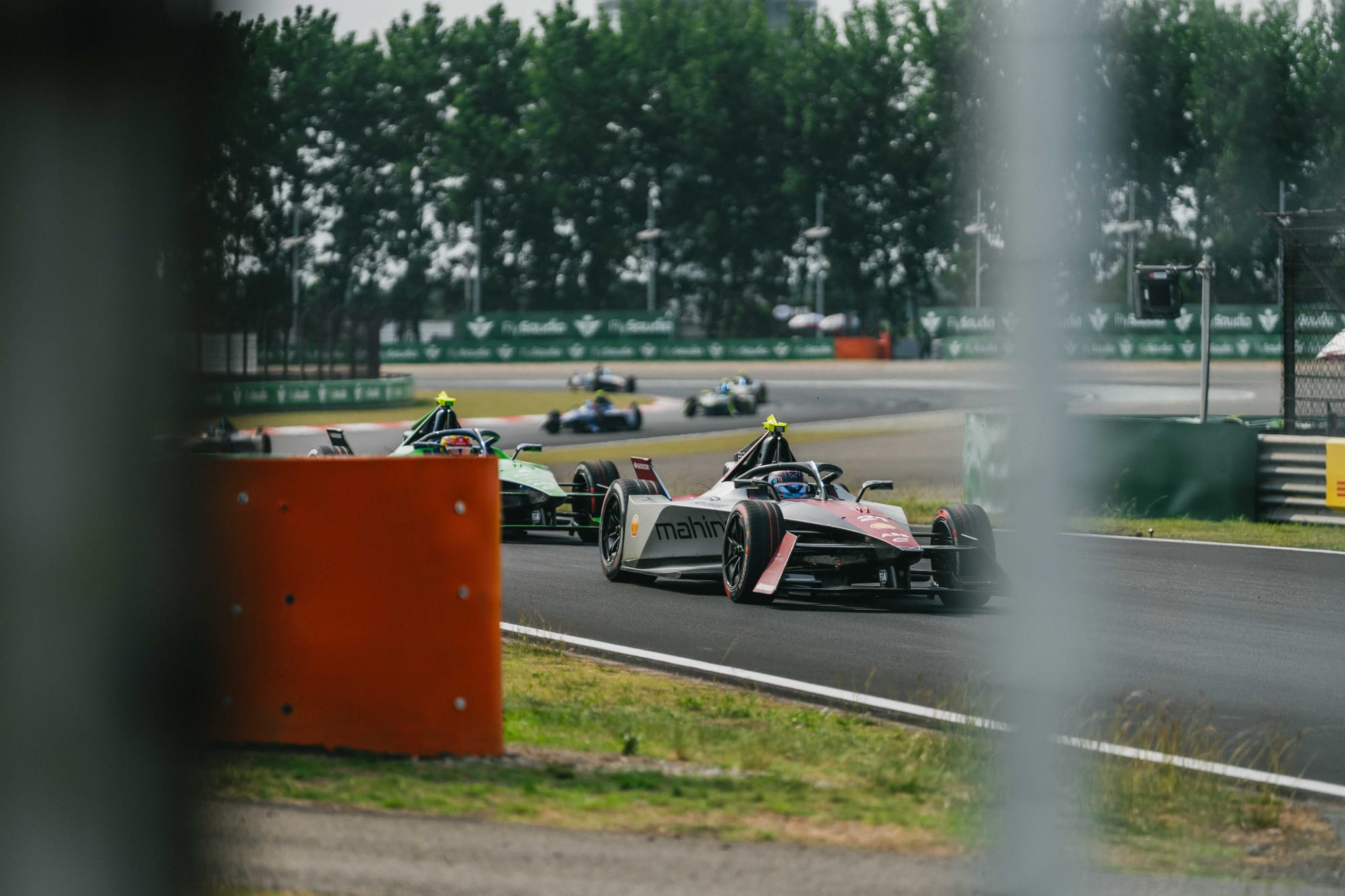
“[Formula E] is the top end. This isn’t an F3 car, they're not easy. So, if you're taking someone out of F4 and dropping them in this - are we taking an F4 man and dropping him into this without some added seat time? No.
“The point is, let's make sure that we're setting them up for success.”
Formula E - not just for women but all drivers - should have a feeder series. The all-electric series comes with myriad complexities and a lot of detailed understanding required to run the software efficiently and get the most out of energy saving and operating systems.
The plan for the all-electric Minis of the NXT Gen Cup to become a support series fell over at the final hurdle. In fact, at the last minute its paddock infrastructure was cleared away as the Formula E circus arrived at Misano in April.
Former Mahindra chief Dilbagh Gill has big plans for his rebranded FG Series feeder category and partners are already in place to make this happen in 2025, so perhaps his initiative will finally start to at least create something of an electric racing ladder.
Many drivers who come into one-off rookie tests often say the Formula E cars are incredibly complex to drive and understand. Drivers who are embedded in teams as reserve or simulator drivers - like Zane Maloney (Andretti), Felipe Drugovich (Maserati MSG) and Alice Powell (Envision) - get the most out of the rookie test days.
This all connects to a main area Formula E must focus on. It doesn't just need to encourage more female drivers, but drivers from other paddocks across the world. A new generation post-Buemi, Bird, di Grassi, da Costa and Vergne is needed pretty soon.
But in 2023, the FIA racing licence holders were split 95-5% men to women, showing instantly why there is a void when it comes to female competitors.
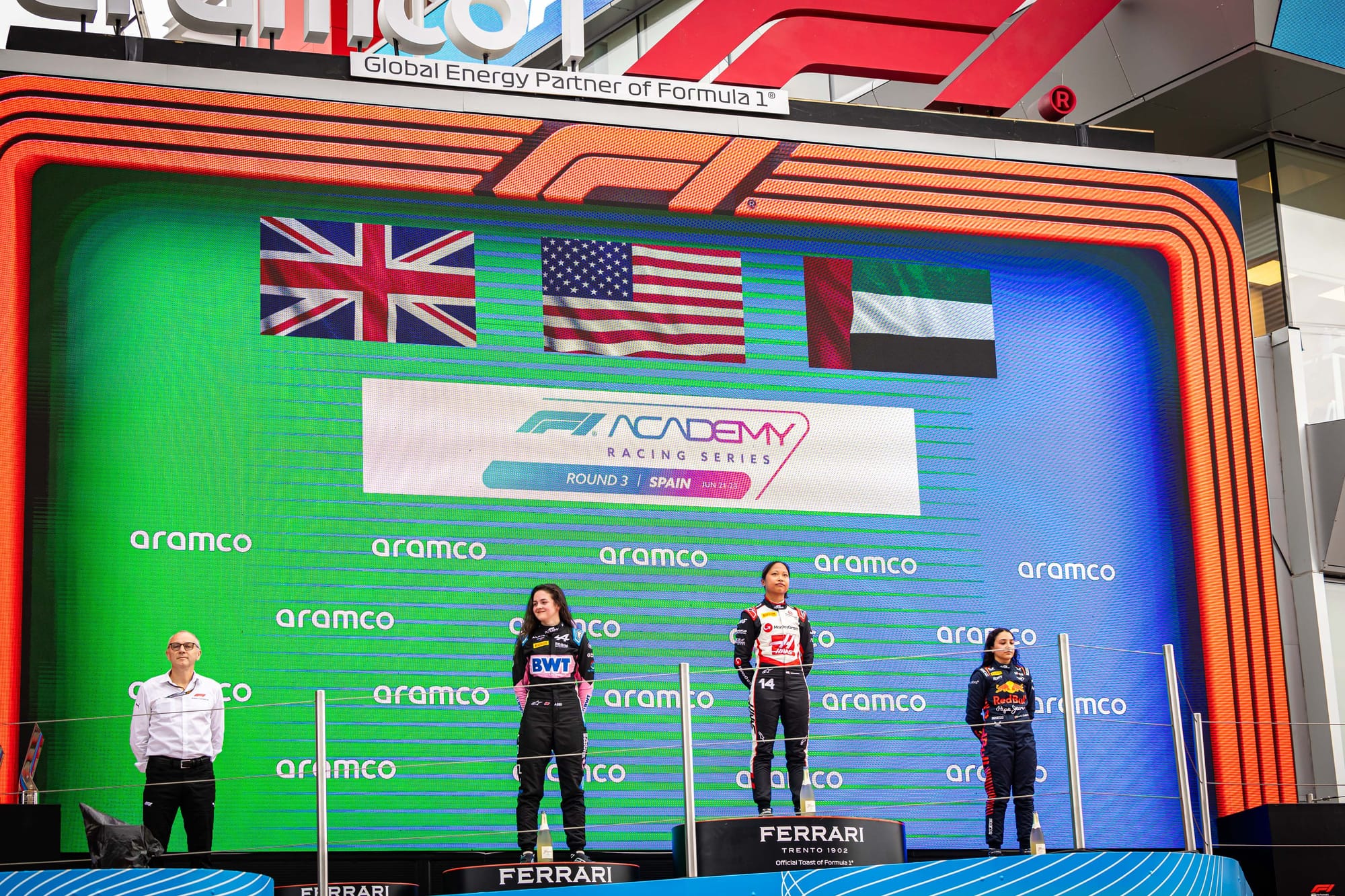
Schemes like Girls on Track and F1 Academy try to attract interest from young girls to get into racing early but still, with a lack of visible role models competing against men, motorsport from a competition viewpoint is still predominantly seen as a ‘male’ thing.
One of the biggest factors looked at when discussing why that still is the case in 2024 is the physical disadvantage - whether perceived or real. It's a fact that a woman’s physiological make-up is different to a man's and so there is an element of obvious limitation when putting the two against each other.
But some sports - motorsport being at the top of that list - are not as overtly physical or so heavily delineated by physicality, meaning this shouldn’t be a complete barrier to entry or progression.
Discussing the fact that IndyCar has featured successful female participants at the top level such as Danica Patrick and de Silvestro, Paretta said: “G-forces are very different at an oval and so you can argue other series have figured it out with physically demanding racing where women aren't really at a disadvantage.
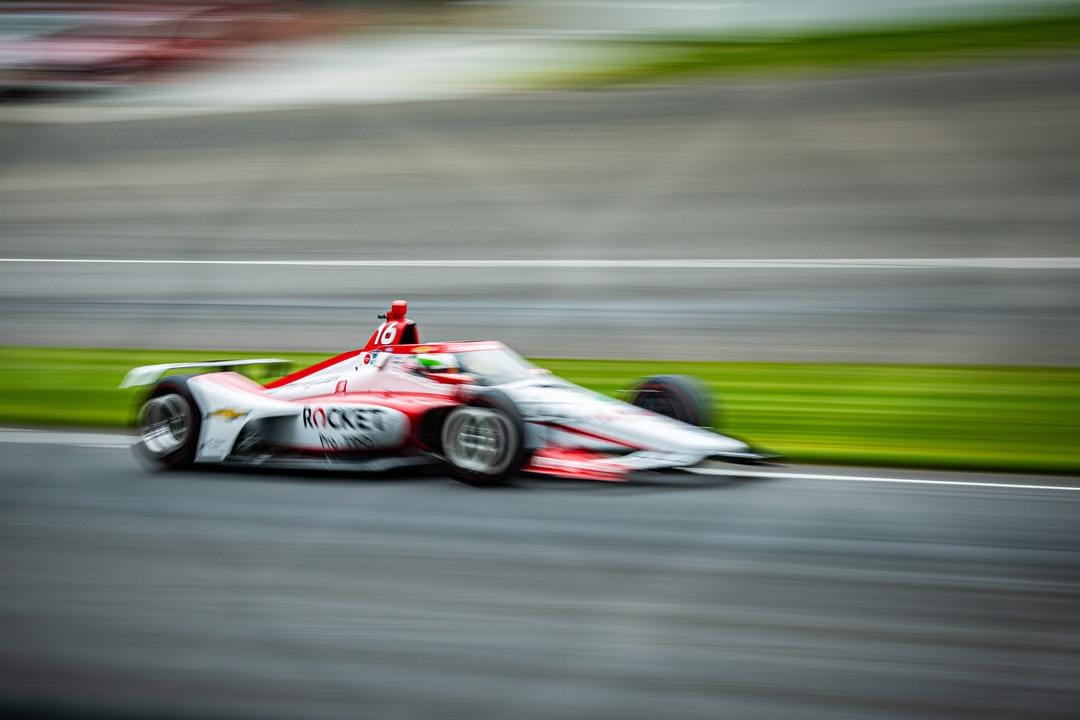
“Let's be clear though, if you are going to be at the pro level, there is an expectation of your fitness level. If there's a shortcoming because of a physical [element] we can actually maybe improve that.
“If I was going to hire a driver to do the Indy 500, the first thing they would have to do is build up their neck.
“You look at any driver and you get a couple of months' time and you focus on [areas that need strengthening] and you get a trainer that says, ‘OK, this is our recipe and we're going to follow that’. Let's make sure that we identify what is needed.
“You can't do it if it varies [a lot] but if it’s [a little], sure, we might have to work on something differently but you need to know that you need to do that and so that needs to be a bit more open-book about what are the differences or what is needed.”
Clearly, Paretta has some areas already in mind that she feels need altering to not only make the barriers of entry cleaner for female competitors, but also make them more flexible for male drivers as well.
“Minimum weight - there's nothing about maximum weight, we need minimal weight. Can women work on that? Sure, because this isn't like American football or like American basketball where there's somebody 7ft [213cm] tall,” she says.
“There's some women who can fit into a [weight] window and then probably make up a lot.
“Let's also make sure the safety cells take in those different average dimensions, and they're just not always doing the average of a 6ft [183cm] tall, 170lb [77kg] man because even there you have a taller driver, a shorter driver. It's not really a line for him either.”
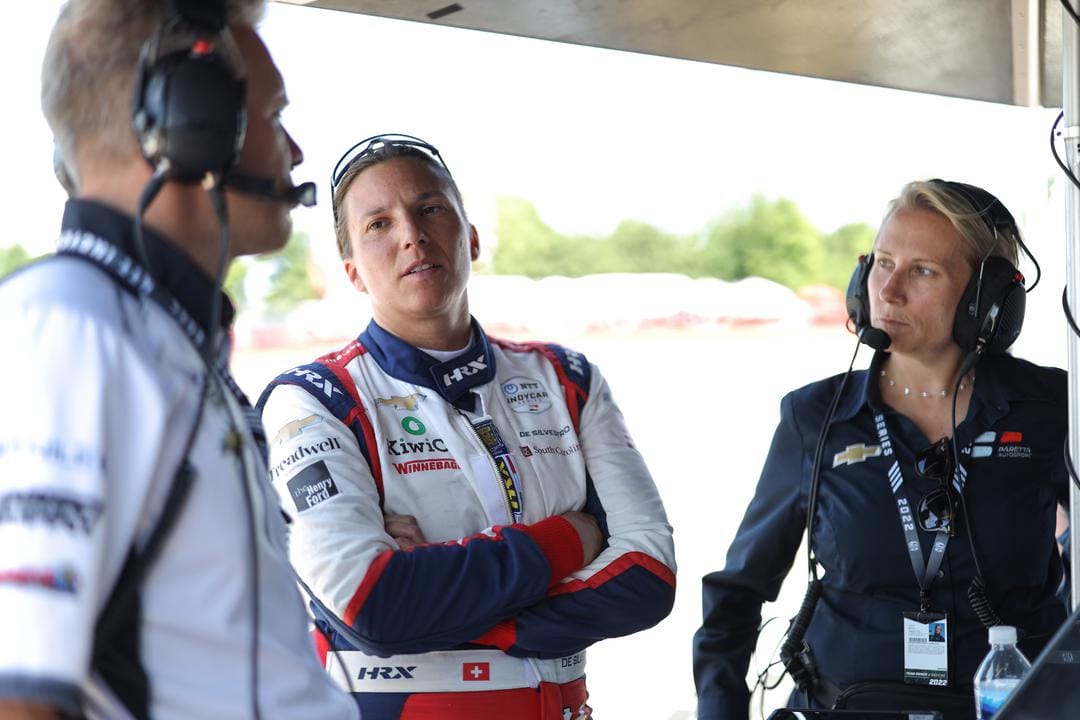
The bottom line of Paretta’s ambition is that there is no call for women to have an easier route into top level racing or a separate series created for just them to compete.
The beauty of motorsport is that, irrelevant of gender, it's open for all to compete. The prospect is to make it equal opportunity for all to get involved in the sport they love, and that includes commercial possibilities.
The barrier and visibility problem for women, although seemingly large from an outsider perspective, is not as prevalent behind the scenes of Formula E. A good amount of the technical and commercial roles in the championship are occupied by women, and this is no-box ticking exercise.
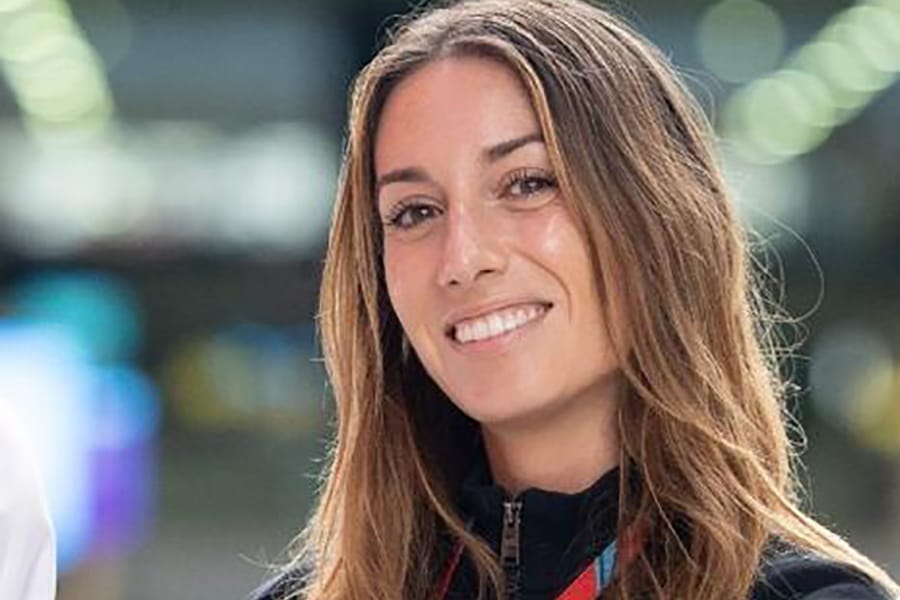
Several women have had or still do have high ranking roles within it. Claudia Denni (pictured above) is the championship's sporting manager; Hannah Brown was one of the most senior executives in her spell as chief strategy and business development officer between 2020 and 2022, while Alessandra Ciliberti managed the technical element of several projects for the FIA before recently moving to the RB F1 team.
“It should be noted and shouted from the rooftops the amount of women who work for Formula E and how impressive it is,” says Paretta.
“You look at the people that are in race control and they're there because they're able to do the job and do the job well.
"It's again those visual examples, so when we have things like Girls On Track we're not having to call outside the paddock to get people to come in and that's really amazing.”
With more women being in the paddock, filling various roles in the teams and contributing to on-track success from the engineering, technical and commercial departments, diversity via merit is a real thing in Formula E.
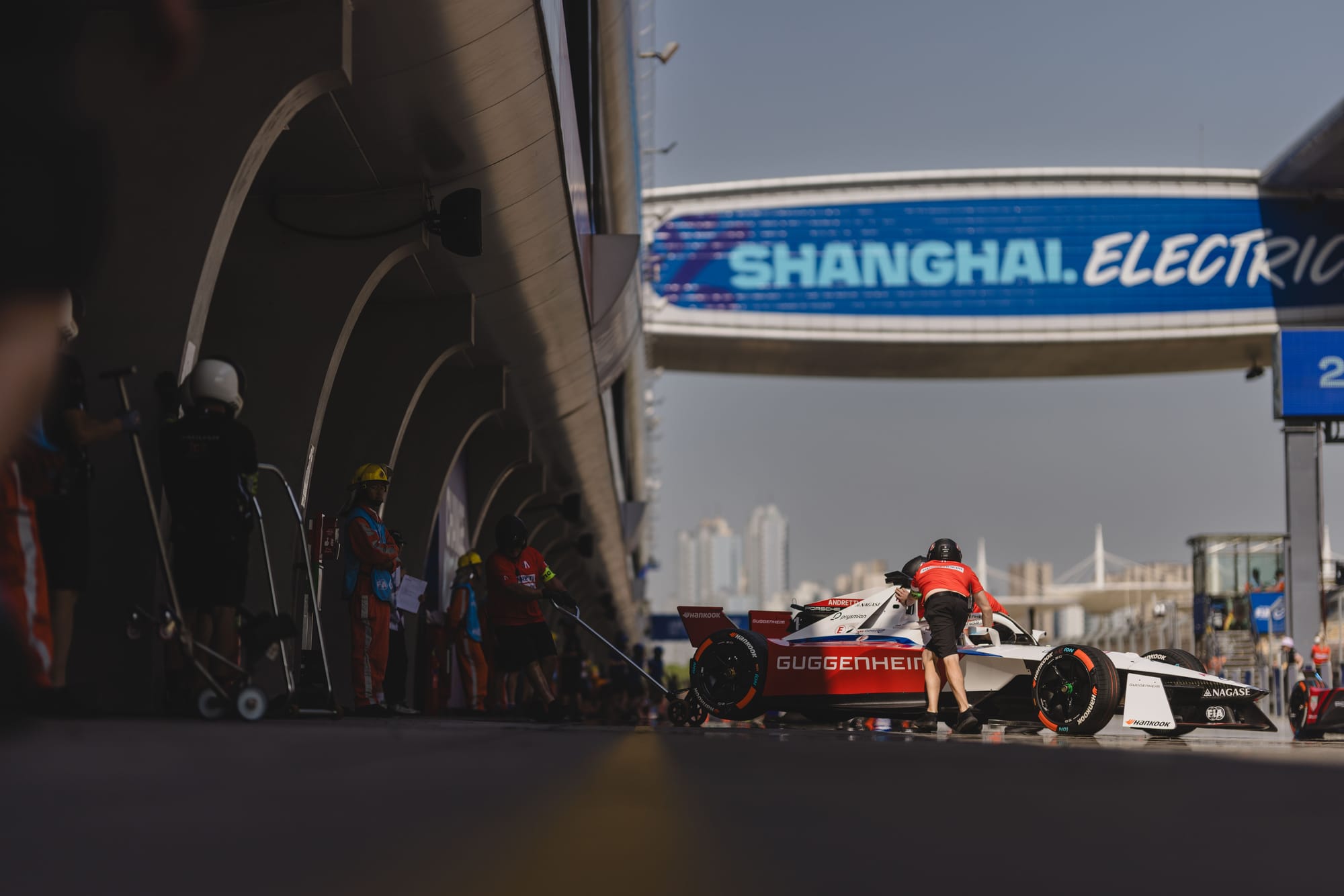
But the work isn’t done yet and part of Paretta’s remit is to accelerate the work and create legacies.
“In five years on the technical side of all these teams, I'd love to see some more women in [the Formula E] paddock,” Paretta concludes.
“I'd like to see a better balance of women up and down all the teams and see them putting their hands on the cars and being engineers.
“There’s a lot of smart people out there. Just to see diversity across all things - you want to see more people of colour, you want to see women, just whoever's interested and who has the work ethic.”

